30+ Sincere Apologies Examples to Download
In the complex tapestry of human interactions, misunderstandings and conflicts are almost inevitable. What helps mend these rifts is the art of offering a sincere apology. A sincere apology goes beyond mere words; it reflects genuine remorse and a commitment to rectify mistakes. In this article, we delve into the world of sincere apologies, exploring what they entail, how to craft one effectively, and providing valuable examples to guide you through the process.
1. Sincere Apologies Example
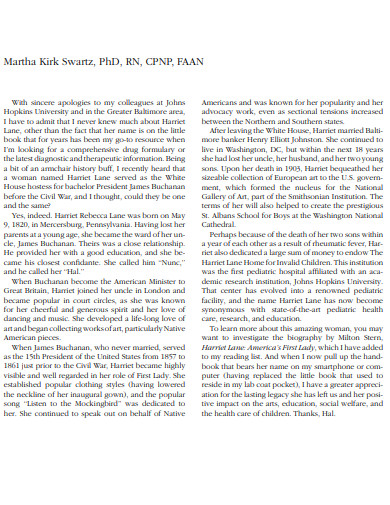
jpedhc.org
2. Sincere Apologies Letter Example

core-docs.s3.amazonaws.com
3. 5th Grade Sincere Apologies Example
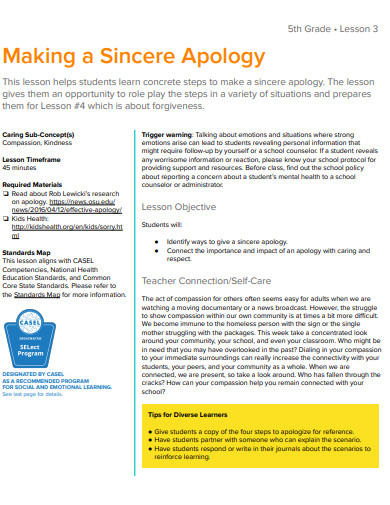
randomactsofkindness.org
4. Sincere Apologies Feedback Example
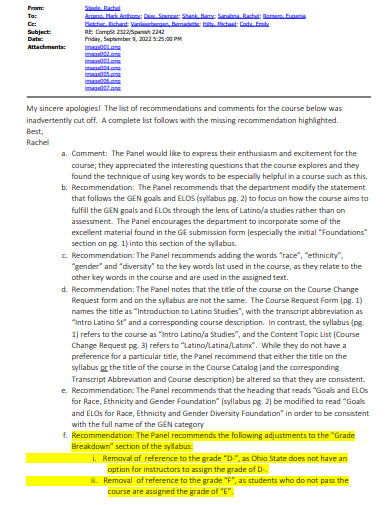
ascnet.osu.edu
5. Formal Sincere Apologies Example
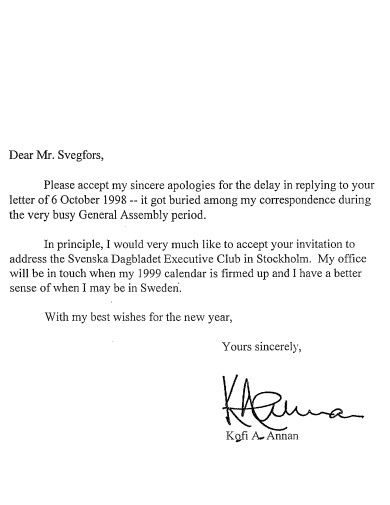
search.archives.un.org
6. Letter to Friend Sincere Apologies Example
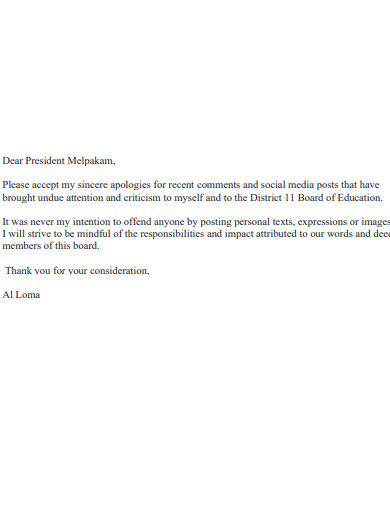
fox21news.com
7. Wrongdoing Sincere Apologies Example
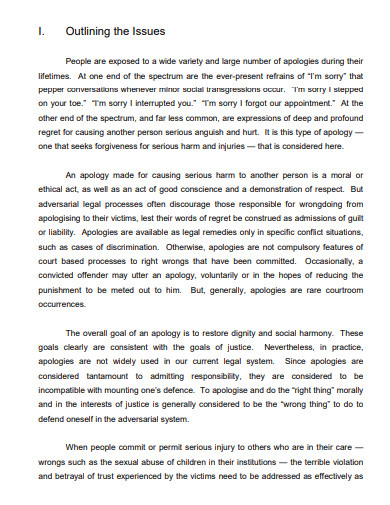
dalspace.library.dal.ca
8. Court Sincere Apologies Example

scholarship.law.cornell.edu
9. Real Estate Sincere Apologies Example
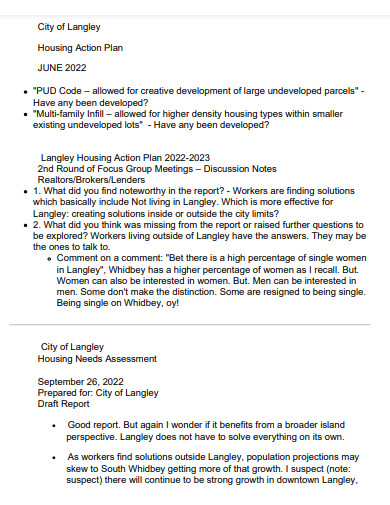
cms4files1.revize.com
10. Lawyer Discipline Sincere Apologies Example
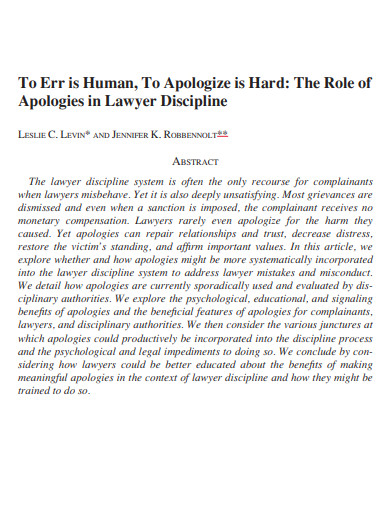
opencommons.uconn.edu
11. Sincere Apologies Key Points Example
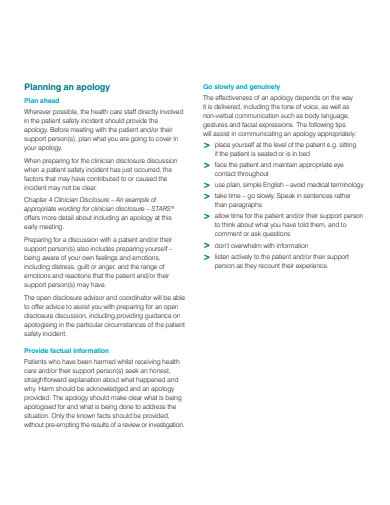
cec.health.nsw.gov.au
12. Offering Sincere Apologies Example
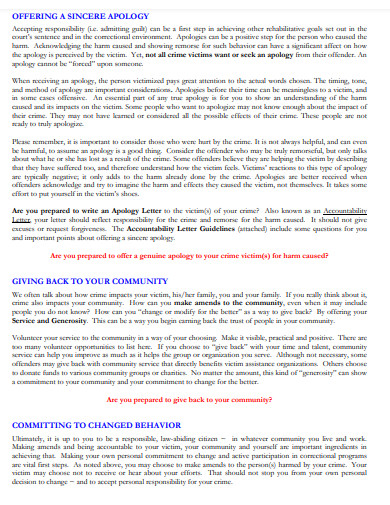
nh.gov
13. Employment Sincere Apologies Example
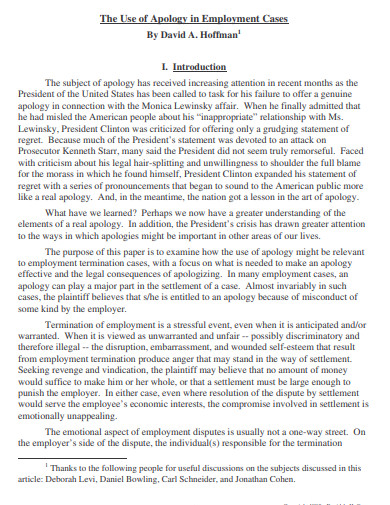
blc.law
14. Sincere Apologies Template
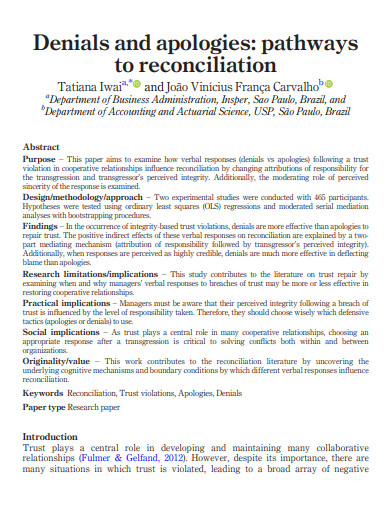
scielo.br
15. Teacher Sincere Apologies Example
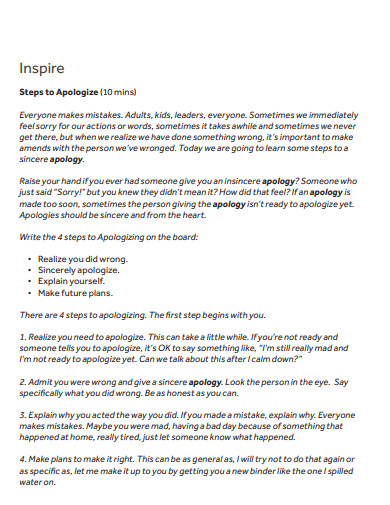
redlandsusd.net
16. Labour Sincere Apologies Example
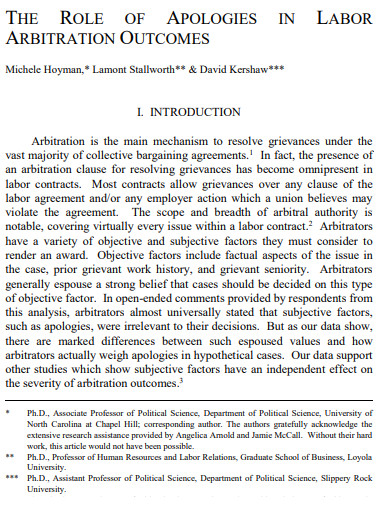
michelehoyman.web.unc.edu
17. Sincere Apologies Case Study Example
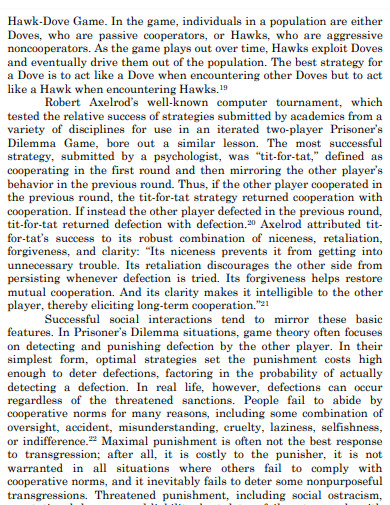
ir.law.fsu.edu
18. Customer Sincere Apologies Example

dekalbcountyga.gov
19. Forgiveness Sincere Apologies Example

whatdotheyknow.com
20. Colleague Sincere Apologies Example
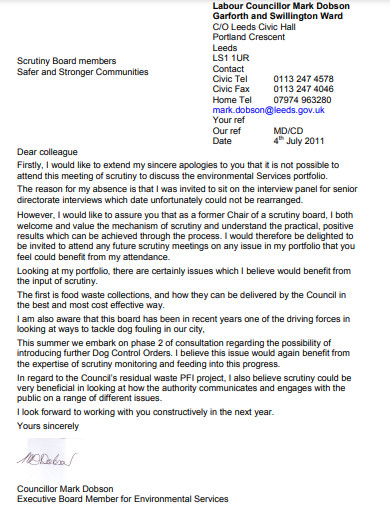
democracy.leeds.gov.uk
21. Sincere Apologies Speech Example
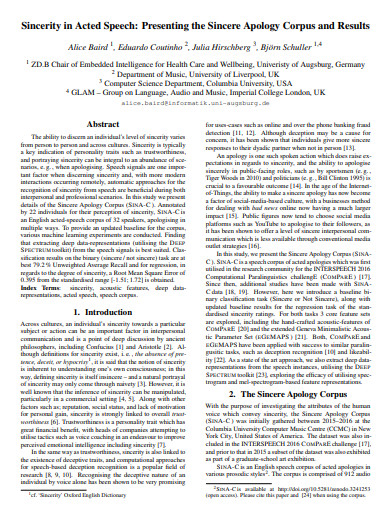
cs.columbia.edu
22. Sincere Apologies for Boss Example
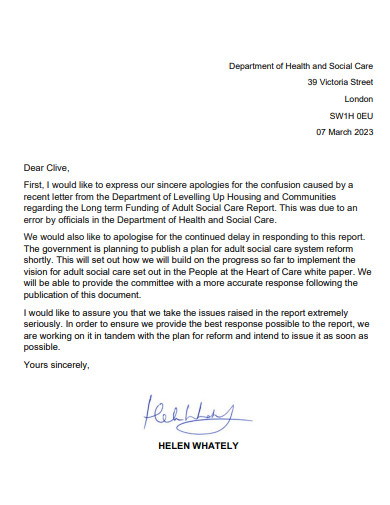
committees.parliament.uk
23. Effects of Sincere Apologies Example
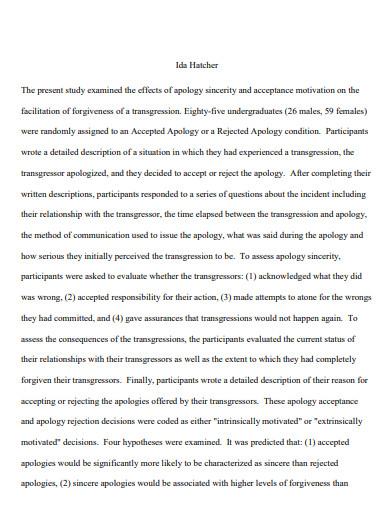
core.ac.uk
24. Simple Sincere Apologies Example
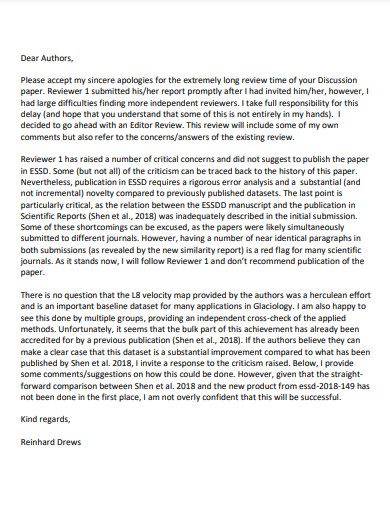
essd.copernicus.org
25. Automated Sincere Apologies Example
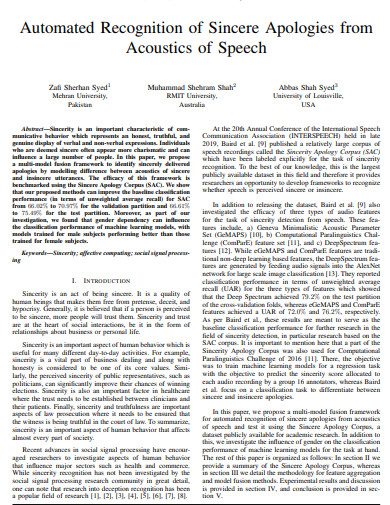
thesai.org
26. Sorry Sincere Apologies Letter Example
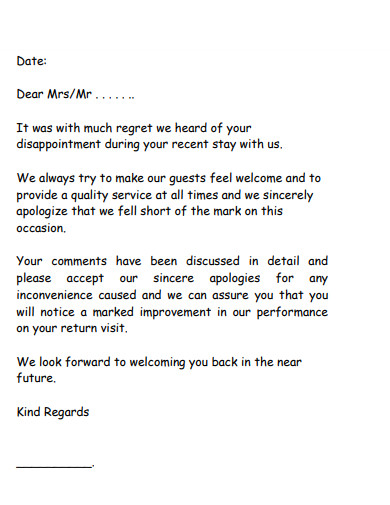
image.makewebeasy.net
27. Late Submision Sincere Apologies Example
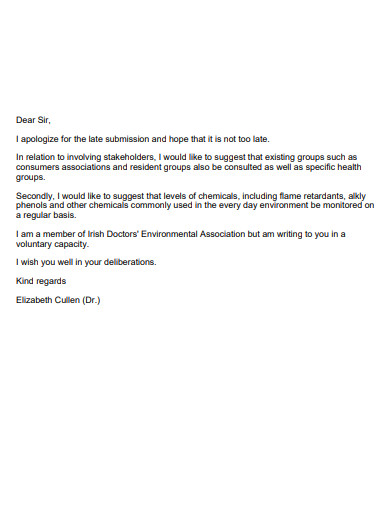
ec.europa.eu
28. Basic Sincere Apologies Example
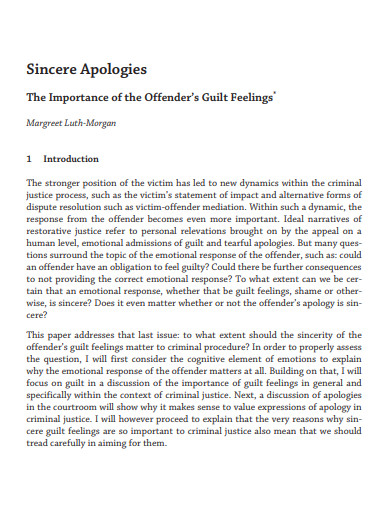
elevenjournals.com
29. Sincere Apologies for Cancellation Example
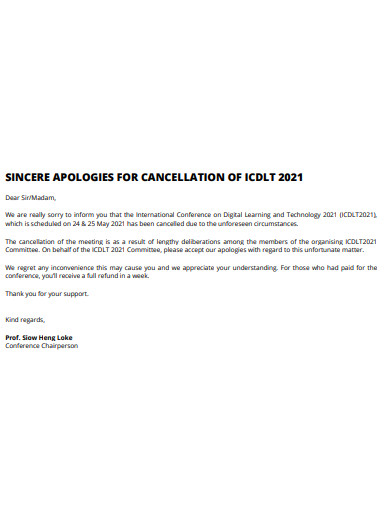
aeu.edu.my
30. Sincere Apologies Format
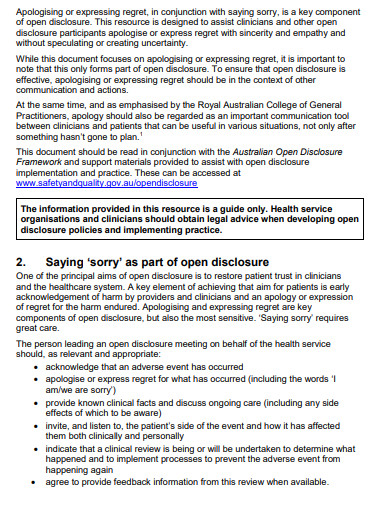
safetyandquality.gov.au
31. Sincere Apologies in DOC Example
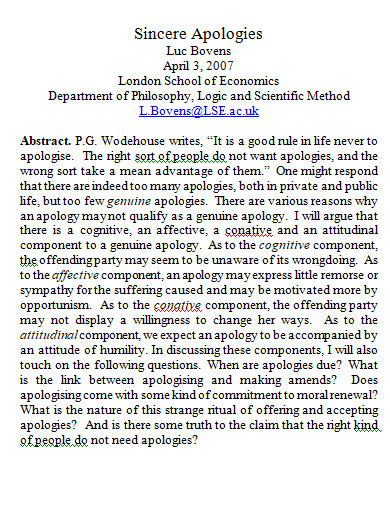
lecre.umontreal.ca
What is a Sincere Apology?
A sincere apology is more than just uttering a simple sentence of regret. It is an acknowledgment of wrongdoing, an expression of genuine remorse, and a commitment to making amends. A sincere apology takes into account the context of the situation, the feelings of the aggrieved party, and the observer’s perception. It holds the power to mend relationships, heal wounds, and restore trust.
How to Write a Sincere Apology
Crafting a sincere apology might seem daunting, but with the right approach, it becomes a meaningful endeavor. Let’s walk through the steps that will help you construct a heartfelt apology that truly resonates.
Step 1: Reflect on Your Actions
Before drafting your apology, take time for introspection. Consider the elements of the situation, the context in which the offense occurred, and the impact of your actions. This observation will provide the necessary foundation for your apology.
Step 2: Acknowledge Your Mistake
Address the mistake directly and clearly. Use proper nouns and describe the incident concisely. This acknowledgment shows that you understand the gravity of the situation and are not avoiding responsibility.
Step 3: Express Genuine Remorse
In this step, employ literary devices like strong verbs and common nouns to convey your sincere regret. Avoid weak language that might dilute the sincerity of your apology. Describe how your actions hurt or affected the other party, showing empathy and understanding.
Step 4: Outline Your Plan for Amends
Demonstrate your commitment to making things right. Craft a compound sentence that outline formats your plan for rectification. Specify the steps you’ll take to avoid similar incidents in the future. Conjunctions can be useful in connecting these ideas coherently.
FAQs
Why is acknowledging the independent variable important in a sincere apology?
Acknowledging the independent variable, or the factor that led to the offense, shows that you’ve considered the underlying reasons for your actions. This understanding enhances the authenticity of your apology.
Can a sincere apology contain an outline of excuses?
A sincere apology should focus on taking responsibility rather than offering excuses. While context is important, an apology should primarily express remorse and a commitment to improvement.
Are there different apology outline formats for various situations?
Yes, the text structure of your apology can vary depending on the severity of the offense and the nature of the relationship. However, the core elements of acknowledging the mistake, expressing remorse, and outlining your plan for amends remain constant.
Crafting a sincere apology is a profound skill that strengthens relationships and promotes understanding. By observing the elements of a sincere apology, employing proper literary devices, and using clear text structure, you can navigate the path of reconciliation with authenticity and grace. Remember, a well-crafted apology not only mends what is broken but also builds something stronger in its place.


